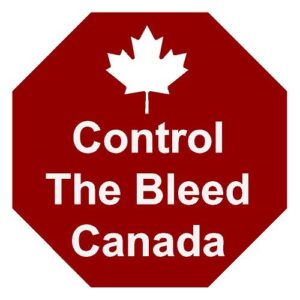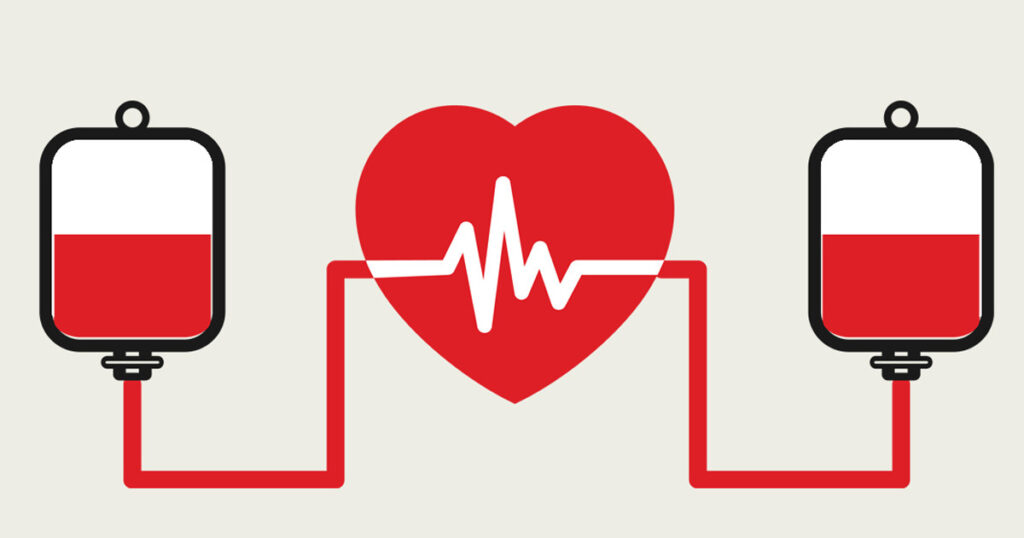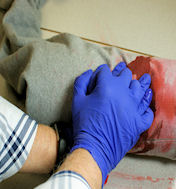“The Committee for Tactical Emergency Casualty Care was originally convened to speed the transition of military medical lessons learned from battlefield to evidence and best-practice based operational medical guidance for medical response and treatment of the injured during high risk and atypical civilian operational scenarios.”
Emergmart is a Recognized Educational Provider of the Committee for Tactical Emergency Casualty Care. As such we are proud to display this Recognized Educational Content badge.
Emergmart has pledged to uphold the highest ethical standards in our training programs. We have committed to a regular review of our training materials to ensure our content is up to date and relevant.









